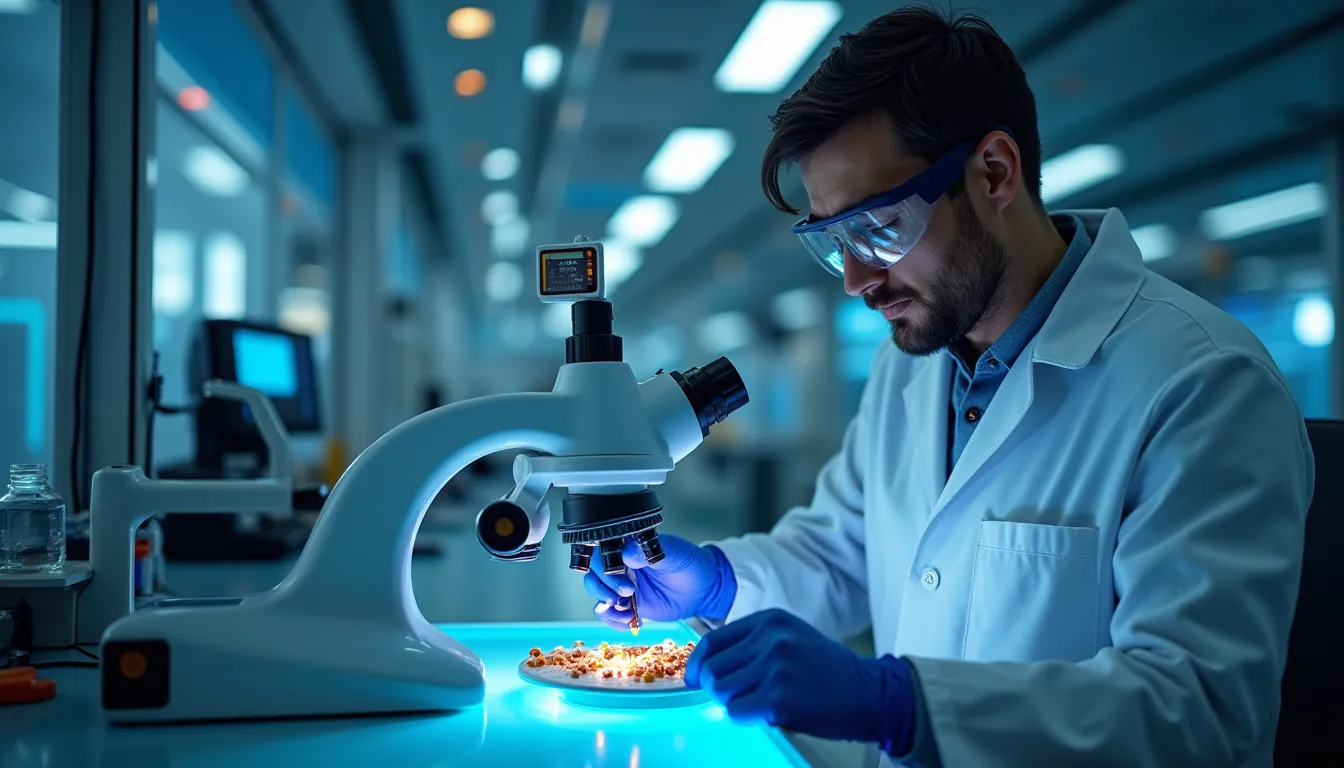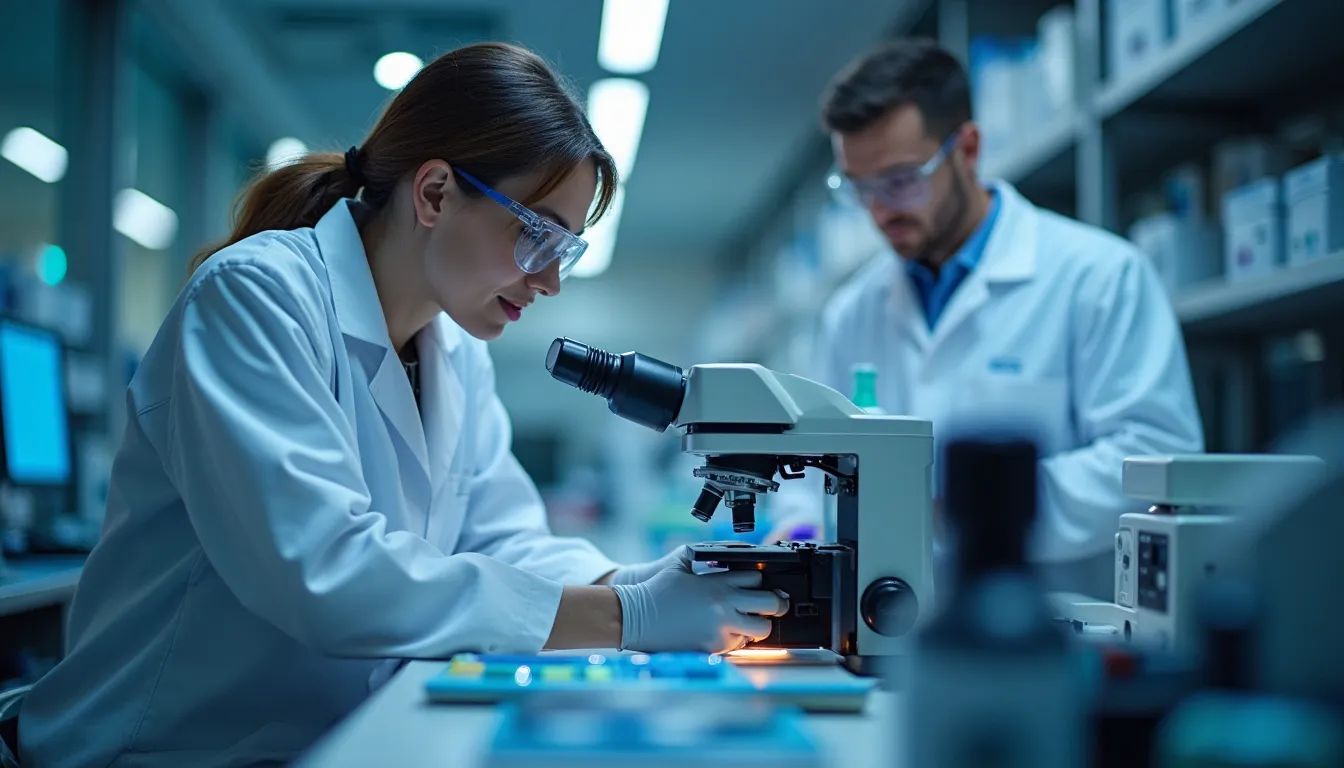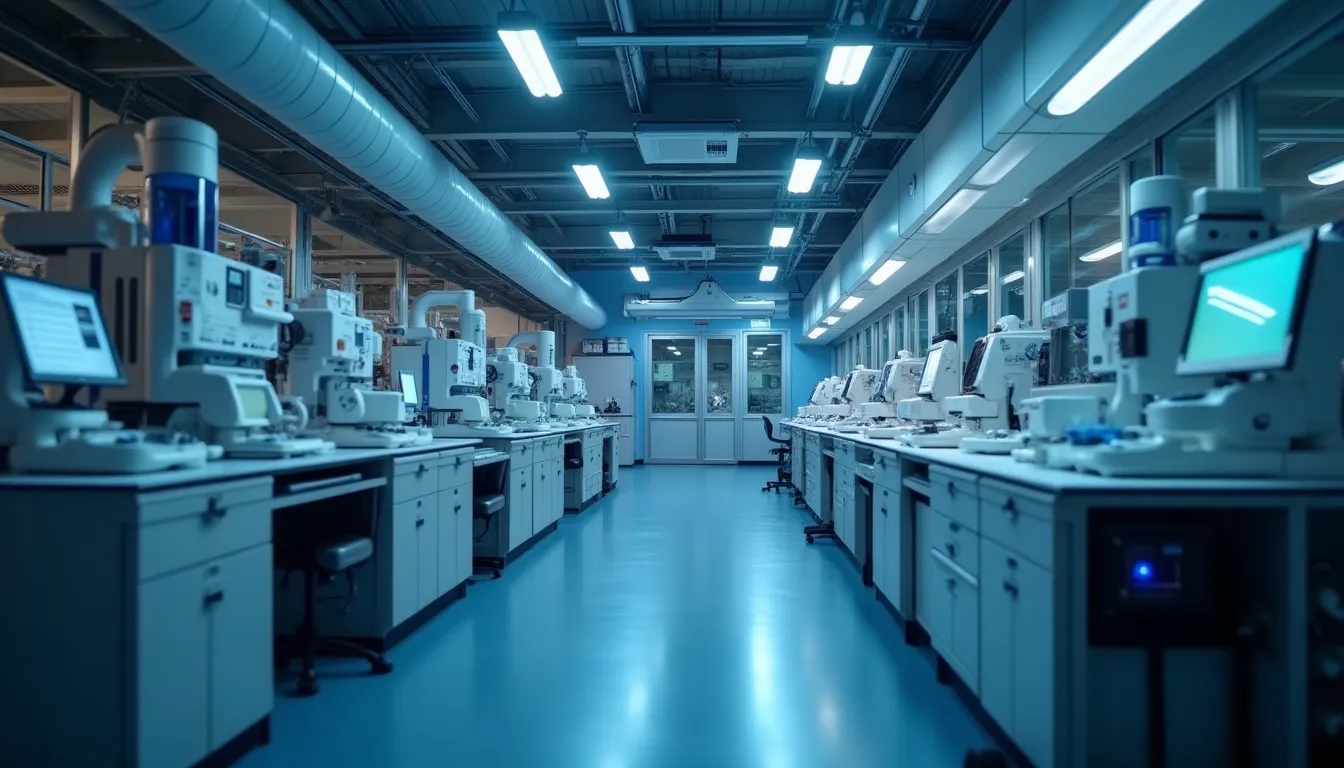As the number of satellites in low Earth orbit (LEO) continues to rise, so does the risk of space debris accumulation. Recent research highlights a variety of technologies aimed at addressing this critical issue, ensuring the safety and sustainability of future space missions. This article delves into the latest advancements in space debris removal technologies and their implications for the aerospace industry.
The Growing Challenge of Space Debris
Space debris, consisting of defunct satellites, spent rocket stages, and fragments from collisions, poses a significant threat to active satellites and the International Space Station (ISS). According to the European Space Agency (ESA), there are over 36,500 pieces of debris larger than 10 cm orbiting the Earth, with millions of smaller fragments also present. The potential for catastrophic collisions necessitates urgent action to mitigate these risks through innovative space debris removal methods.
Emerging Technologies for Debris Removal
Several innovative technologies have emerged to tackle the challenge of space debris removal:
1. Laser-Based Systems
Laser systems are being developed to deflect or deorbit space debris. These systems utilize powerful lasers to alter the trajectory of debris, preventing collisions with operational satellites. The precision required for such operations is facilitated by advanced single-tube PIN quadrant detectors, which offer accurate laser beam positioning and tracking capabilities. This technology allows operators to monitor debris movements in real-time and make necessary adjustments during removal operations.
2. Active Debris Removal (ADR) Satellites
Active debris removal involves deploying dedicated satellites equipped with robotic arms or nets to capture and deorbit space debris. Companies like Astroscale are leading the charge with their ELSA-d (End-of-Life Services by Astroscale – demonstration) mission, which aims to demonstrate the feasibility of capturing defunct satellites using magnetized capture mechanisms. The integration of high-precision accelerometers in these systems enhances their ability to navigate and manipulate debris effectively.
3. Electrodynamic Tethers
Electrodynamic tethers represent a novel approach to debris removal by utilizing electromagnetic forces to generate thrust. These tethers can capture debris and lower its orbit until it re-enters the atmosphere, safely burning up. This technology harnesses the principles of physics to convert kinetic energy into manageable forces, making it an environmentally friendly option for debris mitigation.
Industry Perspectives on Space Debris Removal
Experts in the aerospace industry emphasize the urgency of addressing space debris. “As we continue to launch more satellites, we must prioritize debris removal solutions to ensure long-term sustainability in space,” states Dr. Emily Carter, a leading aerospace engineer at the National Aeronautics and Space Administration (NASA). “The technologies we are developing today will define the future of satellite operations and our ability to maintain a safe environment in orbit.”
The Role of Satellite Communication in Mitigating Debris
Satellite communication plays a crucial role in monitoring space debris. Advanced communication networks allow for real-time tracking of debris and facilitate coordination between different stakeholders, including space agencies and private companies. By enhancing situational awareness, satellite communication systems contribute significantly to the effectiveness of debris removal strategies.
Future Developments and Considerations
As the aerospace industry continues to innovate, the future of space debris removal looks promising. However, several factors must be considered:
- International Collaboration: Space debris removal is a global issue that requires collaboration among countries and organizations. Establishing international guidelines and protocols will be essential for effective debris management.
- Cost Management: Developing and deploying debris removal technologies can be expensive. Finding cost-effective solutions will be critical for widespread implementation.
- Regulatory Frameworks: Governments must establish regulations to ensure responsible satellite launches and debris mitigation strategies. This includes enforcing guidelines for satellite end-of-life disposal.
Conclusion
The challenge of space debris is significant, but with innovative technologies and collaborative efforts, the aerospace industry is poised to address this issue effectively. As advancements in laser systems, active debris removal satellites, and electrodynamic tethers continue to evolve, the potential for safe and sustainable operations in space becomes increasingly attainable. The integration of sophisticated monitoring systems such as high-performance CMOS imaging systems will further enhance our ability to track and manage debris, ensuring a safer environment for future generations of satellites and space missions.
References
-
space debris removal Research - defensenews.com (defensenews.com)
-
space debris removal Research - aviationweek.com (aviationweek.com)
-
space debris removal Research - spacenews.com (spacenews.com)



